McCarthy Cook SVP Brian Harnetiaux to Become BOMA Chair for 2016-17
June 7, 2016
Published in: California Buildings News
Q Congratulations on being the next chairman of the Building Owners and Managers Association (BOMA) International. It’s good to have a Californian at the helm. As many of our readers are BOMA members or member prospects, can you give us an idea of your agenda?
A BOMA International takes a holistic approach to supporting the industry, which means we work in many different areas. Whether it’s advocating commercial real estate’s interests before Congress or creating critical educational resources on cutting-edge topics, we’re constantly innovating to best support a strong industry. There may be those in the industry who aren’t aware of the full breadth of the work we do, and I want to showcase everything BOMA has to offer. During my tenure, I especially want to highlight BOMA’s education and research. People frequently ask me what BOMA’s “take” is on a specific topic or issue. Our advocacy team is always ahead of the curve on legislative issues from drones to e-cigarettes, and we have great thought leadership in a wide variety of other areas. For example, we recently released a white paper on workplace transformation and tenant occupancy density. Densification is an important concern in our industry right now as tenants lease less space per employee, and we want to support our members as they navigate this new reality. The white paper was released alongside a resource for property professionals called the “Tenant Leasing Checklist: A Guide for Assessing Tenant Occupancy Density,” which helps building owners and managers address the effects of this trend on the built environment. Property managers are seeing their roles become increasingly diversified—they now have to be experts on everything from accounting to information technology to customer relations. That means BOMA has to work hard to provide our members with all the information and training they need to do their jobs well. Luckily, you see that reflected in our educational and research offerings. We also have a number of excellent tools for those working within the fast-growing industrial sector, such as the Industrial Experience Exchange Report, a one-of-a-kind resource that provides benchmarking data for industrial properties. This is a very exciting time to be in commercial real estate, and BOMA International is going to continue to be fundamental to our success as an industry.
Q How can the commercial real estate management industry become more effective at recruiting and training managerial talent?
A I am very passionate about this topic. Commercial property management is a wonderful career field: It’s rewarding, it’s interesting and it offers competitive salaries. The only problem is, not enough people know about it! When I was in college, I thought a property manager was just the person who stopped by to change the light bulbs, and most people in this job will tell you they found it by chance. However, our field is perfect for young professionals, many of whom can be very successful at an early age in this industry. Someone can start out as a receptionist and work their way up to asset manager or even real estate owner. Commercial real estate offers endless opportunities for advancement. Our industry places enormous importance on on-the-job training. We tend to promote from within, and that’s a great way to build up future leadership. Where that falls short, BOMA fills in the gaps with education, training, mentorship opportunities and networking. At our annual conference, we host Career Day, which is an opportunity for college students and veterans transitioning out of military service to experience first-hand how rewarding commercial real estate can be. We also have an Emerging Professionals in CRE Program for those new to the industry. If we can make more people aware of the opportunities our industry offers, I think there will be no end to the amazing talent entering commercial real estate.
Q What are the biggest legislative challenges ahead for the commercial real estate industry nationally? In California? And are there ways BOMA can better meet these challenges?
A We saw some huge legislative victories this past winter, including the permanent extension of the 15-year depreciation on qualified leasehold improvements and a two-year extension of the energy efficiency tax deduction for commercial buildings. We’re focusing on a number of other issues, including supporting the continuation of carried interest and “like-kind” exchanges, which are vital to the health of our industry. In California, the biggest issue we’re facing is “split roll” property tax. In California, Proposition 13 limits the increase in property taxes annually, but certain legislators have been trying to rescind that and apply to residential only. This would mean commercial properties would be assessed either annually or every couple of years, which would have a very negative effect on our industry. BOMA California and BOMA local associations across the state have been working hard to educate our legislators about what this would mean for our industry. I truly believe our lawmakers want to do what’s best for the state economy, and they simply don’t know what the real-world effects of this would be. Our job is to give them the information they need to make an informed decision. BOMA can best meet these challenges the way it has always—by educating our legislators about the needs of our industry. That strategy has been working very well for us, as evidenced by our recent legislative victories and our strong advocacy presence both on Capitol Hill and in the states.
Q Many BOMA members serve the industry as product and service vendors. How can BOMA be more meaningful to them? Attract more of them to BOMA?
A BOMA has a very robust product and service membership. Commercial real estate is built on trust and relationships, and having trusted, reliable product or service vendor partners makes a property manager’s job much easier. When vendors get involved in BOMA, they are showing building owners and property managers that they are invested in the industry and in their local communities. Seeing someone regularly at BOMA local association events helps build relationships that make the industry stronger.
Q Are there trends you see in California’s CRE management that you plan to highlight on the national stage?
A Because we have so much usable outdoor space, California is on the forefront of the new “live-work-play” trend. We’re seeing this significantly change the way office buildings are designed and managed, and property managers have to diversify their skill set to learn more about retail, for example. There are many small changes that take place when you manage a multiuse space—everything from how common area maintenance charges are allocated to what your daily schedule looks like. I think this trend is going to spread across the country, even to places with much more variable weather. What this will look like in different cities is still being determined, but BOMA is already offering resources to help property professionals excel with these new spaces.
Q What new or notable BOMA programs would you like the industry to be more aware of?
A We’ve seen tremendous growth with our BOMA 360 Performance Program, which recognizes excellence in building operations and management. Unlike other certification programs, BOMA 360 looks at every aspect of the building—from security and sustainability to tenant relations and training. BOMA 360 designees reap a tangible return on investment through operational efficiencies, as well as higher rental rates and higher levels of tenant satisfaction and retention than similar buildings without the designation. The program also has a significant international presence— there are BOMA 360 buildings in Canada, China, Colombia and Japan—with more countries starting to promote this designation. This is an exciting program that offers a great return on investment, and I encourage everyone to consider participating.




